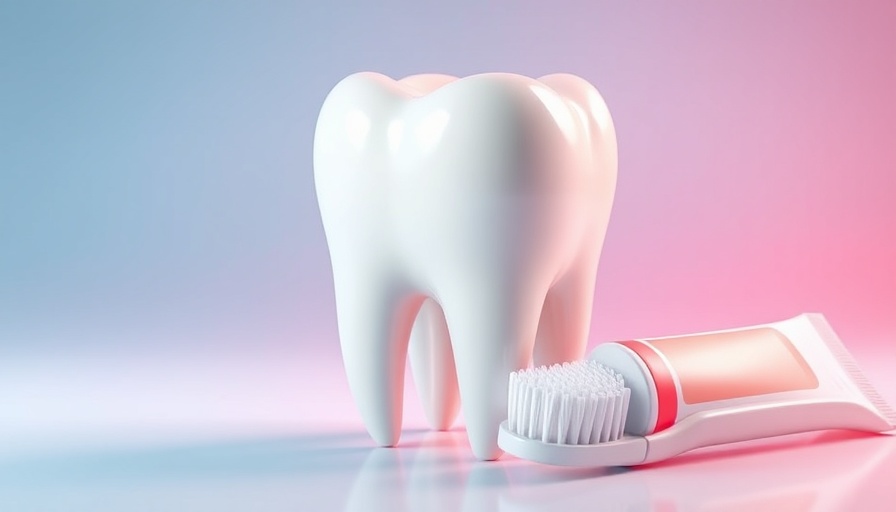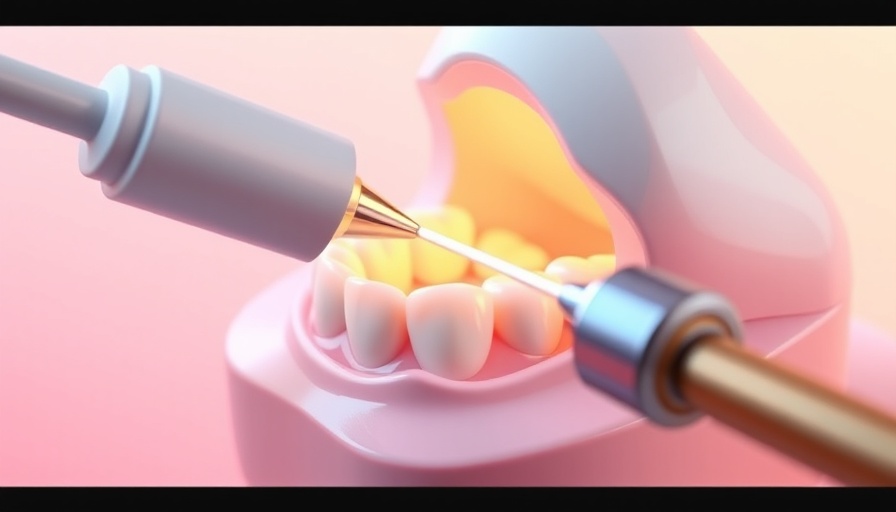
Understanding Noncarious Cervical Lesions in Pediatric Dentistry
In recent discoveries within dental research, the identification of risk factors leading to noncarious cervical lesions (NCCLs) marks significant progress in pediatric dentistry. These lesions, which occur at the gum line and can affect both enamel and cementum, require careful attention to maintain children's oral health.
Future Predictions and Trends in Pediatric Oral Health
As we advance, understanding the risk factors surrounding NCCLs will reshape how child dentists approach preventive care. Emerging trends suggest a more preventative approach will become the norm, integrating technology like AI to anticipate dental health issues before they manifest. Preparing for these changes will enable pediatric dentists to offer more comprehensive care and develop personalized treatment plans for their young patients.
Unique Benefits of Addressing NCCLs Early in Children
Addressing NCCLs early can significantly improve children's oral health outcomes, minimizing discomfort and the potential need for more invasive procedures later. Educating parents and caregivers about these risks empowers them to make informed decisions about their child's dental habits and treatments. By focusing on preventive care, pediatric dentists can cultivate an environment of lifelong oral health awareness in their young patients.
 Add Row
Add Row  Add
Add 




Write A Comment